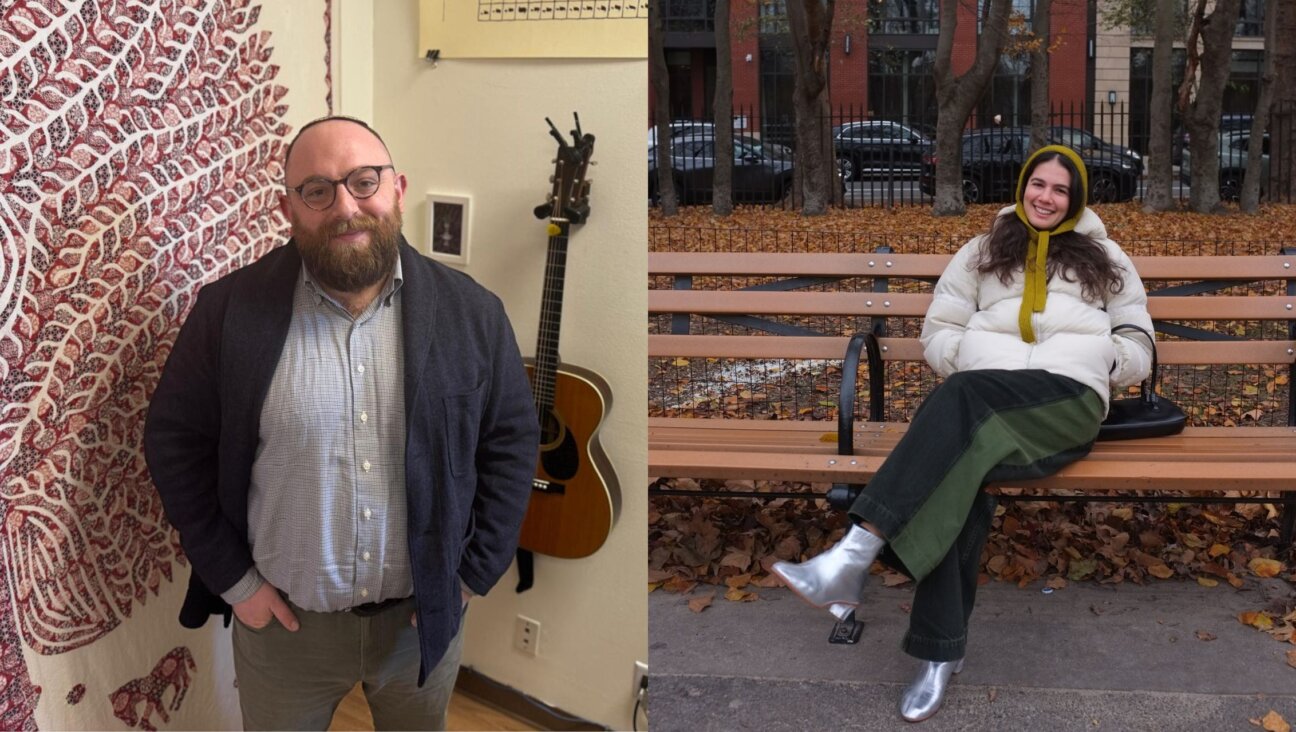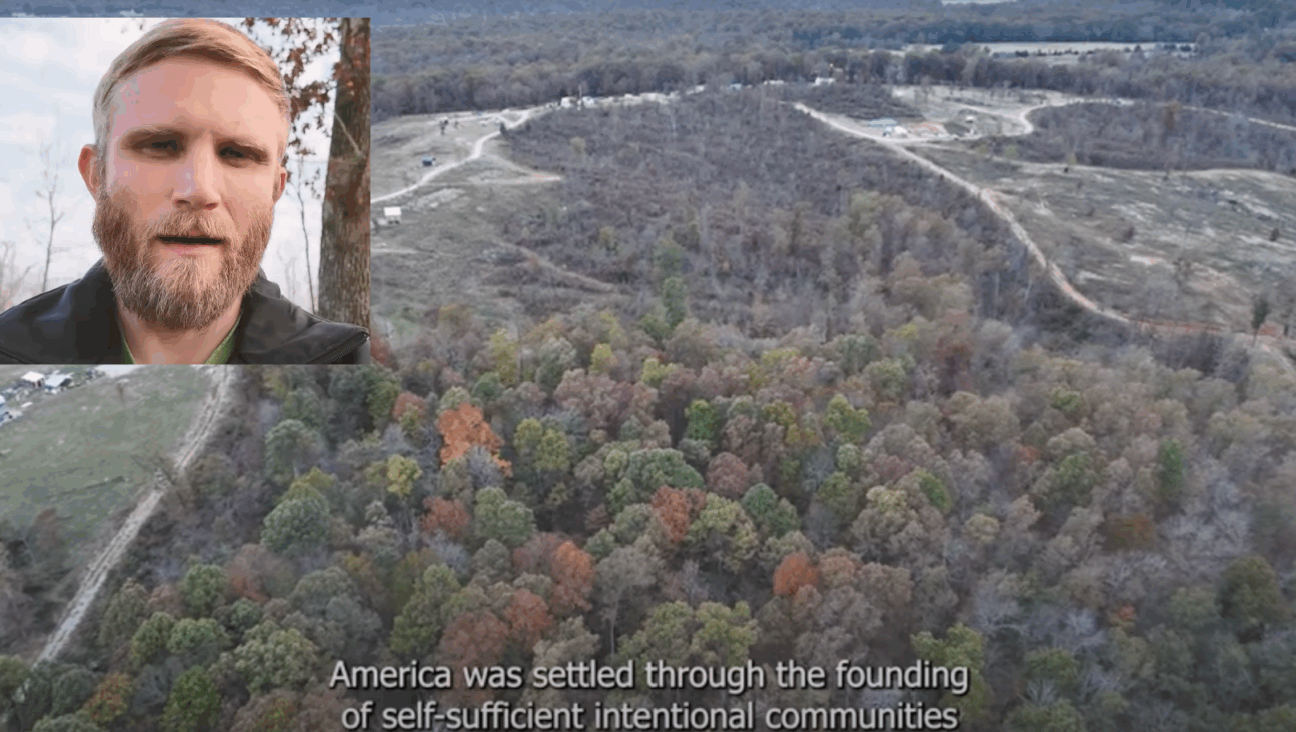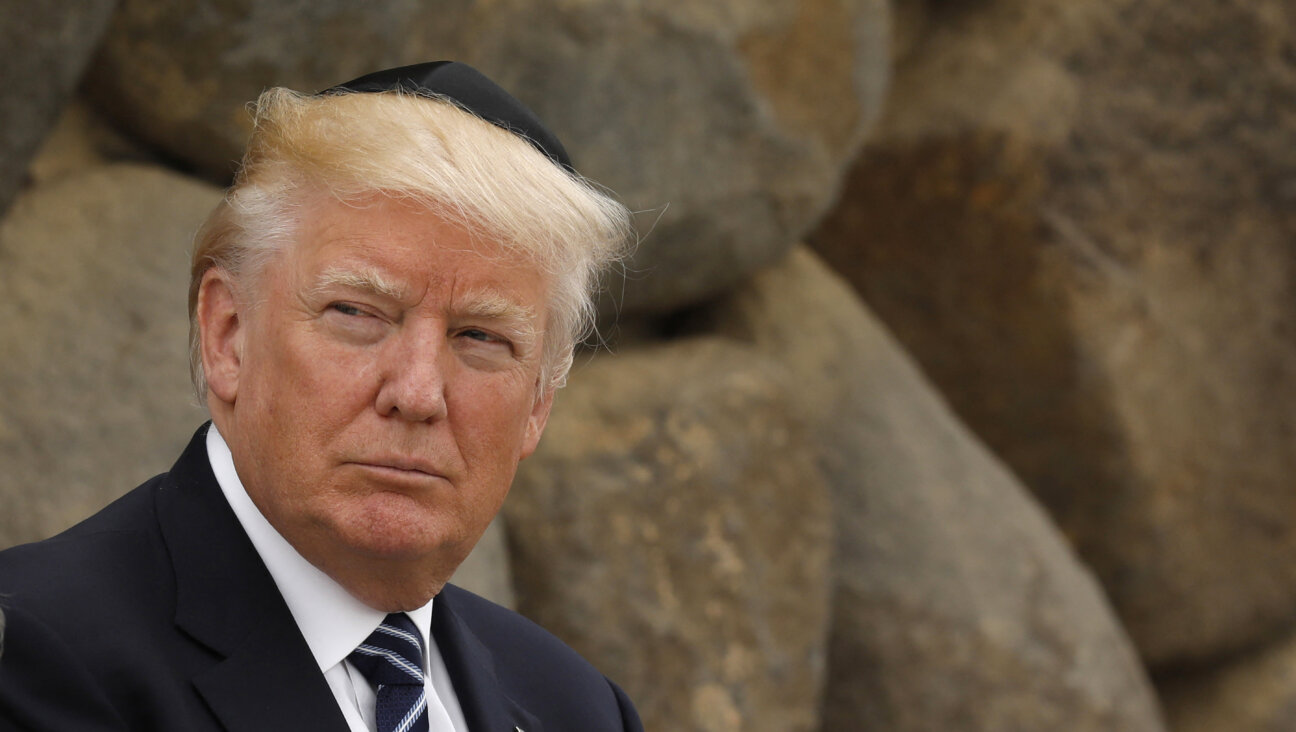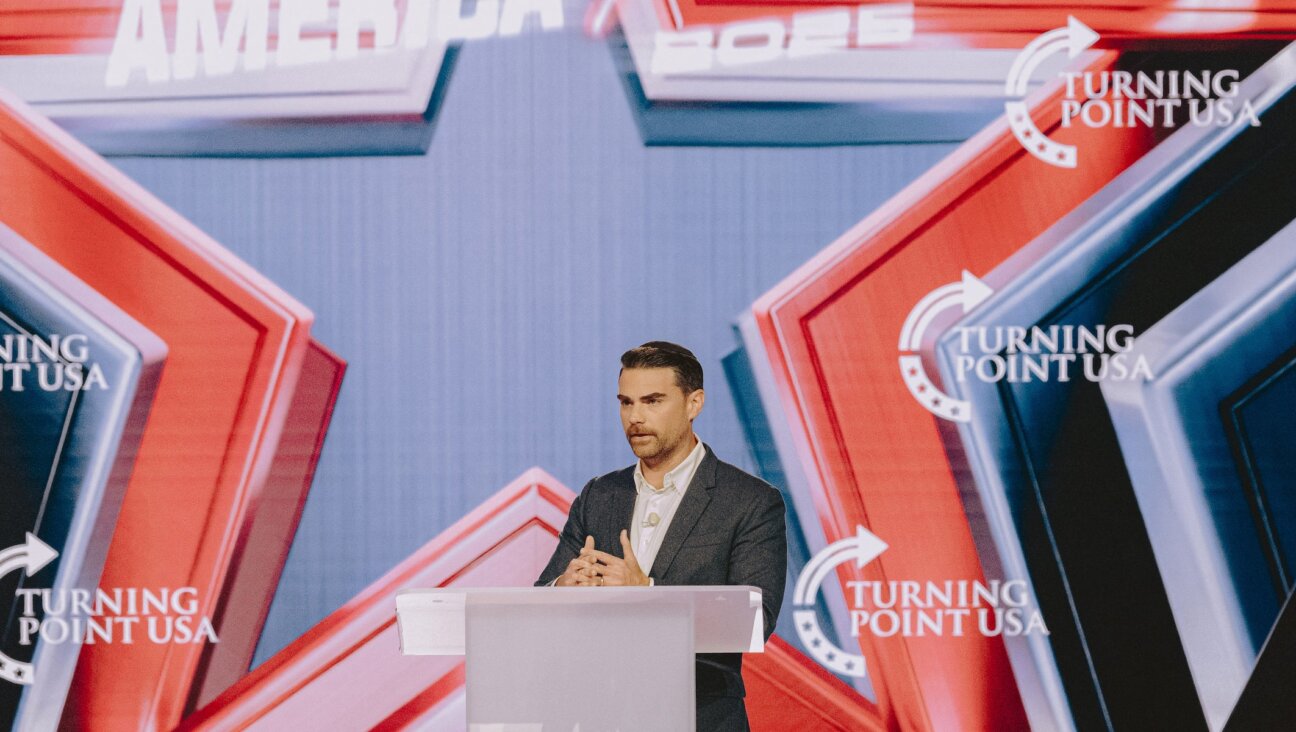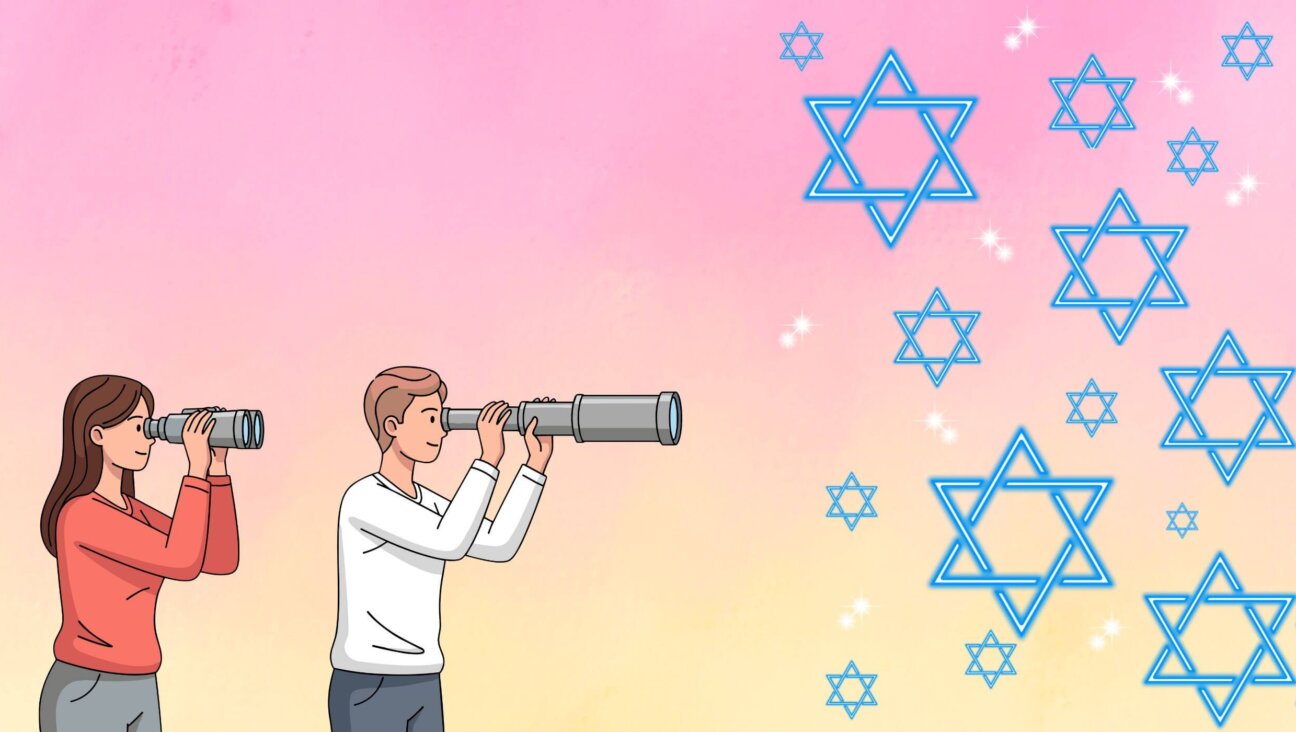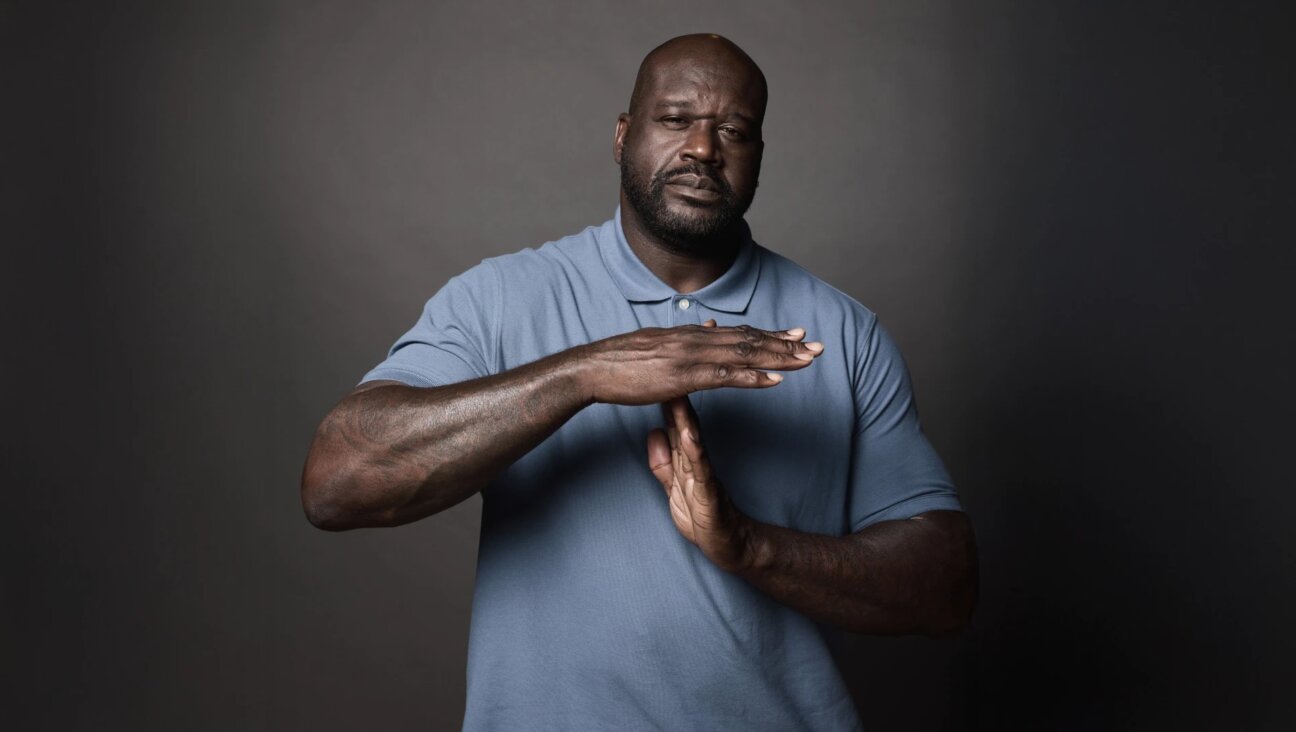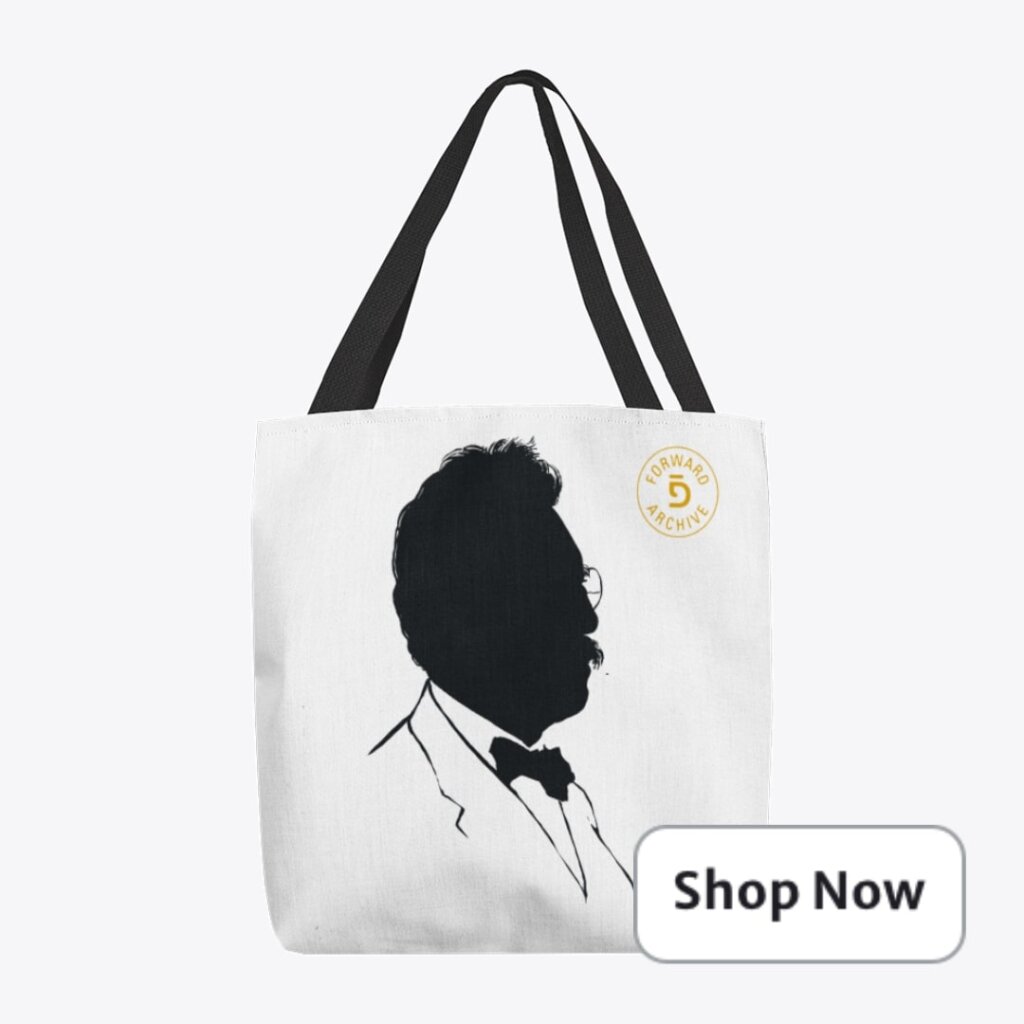That time my violin teacher tried to convert me to Christianity
New guidelines from the Trump administration encourage proselytizing. It brings up memories

A violin and a bible — an unusual pairing. Graphic by Mira Fox/iStock
“Do you believe in the literal truth of the resurrection of Jesus Christ?”
We had just tuned our instruments, the way we did at the beginning of every lesson, when my violin teacher abruptly asked me this question. It was, I realized, Good Friday.
I had come into the lesson already nervous because I hadn’t practiced enough; I was 21, a junior in college, and life was regularly getting in the way. But I was even less prepared to partake in a religious debate. My teacher and I were sitting only a few inches apart in a tiny, sound-proofed practice room in the basement of my college’s music building, and I felt trapped.
I started playing violin in kindergarten, and played seriously all through high school. I performed in recitals and spent a month at an orchestra camp each year, a very serious place where most kids spent their afternoons in practice rooms learning the Thaïs Meditation or Schubert’s “Trout” quintet for our weekly concerts. I played in my school orchestra and also a youth symphony. It was a big part of my identity.
When I started college, I needed a break from the competitive world of auditions, and thinking of my hobbies as an important part of my college applications, so I sang in the chamber choir instead. But I missed the violin — I’d spent my entire life committed to this instrument — so, my junior year, I decided to sign up for lessons again. And things had been going well until my teacher brought up Jesus.
We ended up spending the entire length of the lesson debating Christianity. Or, more accurately, I spent the entire lesson repeatedly saying “I’m Jewish” and trying to exit the conversation — perhaps I could play that concerto I hadn’t practiced? — while he spent the time lobbing arguments at me.
I majored in religious studies, so you might imagine I was really prepared for this moment, ready to refute each point he made. But academic religious studies is not particularly concerned with debating the factual evidence for biblical miracles. I was taking a course on religious symbolism in children’s literature that semester and had no idea what to respond when he asked me what my parents did — they’re lawyers — and proceeded to tell me that the number of witnesses who saw Jesus rise from the dead meant the case for his resurrection was winnable in any court.
I was thinking about that conversation this week when I saw that the Trump administration had announced new guidance on religious practice in federal workplaces, a document titled “Protecting Religious Expression in the Federal Workplace.” Most of its policies are not substantive changes from previous administrations’ guidelines on protecting freedom of religion; the point of issuing it seems to have been largely to encourage religious practice in the workplace, not change its form.
Still, one bullet point in the short document struck me. It says that “attempting to persuade others of the correctness of their own religious views” is a protected form of religious expression.
To be fair, many religions, including Christianity, see proselytizing as a core tenet of their practice. So any limits on proselytizing could be seen as impinging on their free exercise of religion. On the other hand, proselytizing often has the effect of ostracizing members of any minority religion; even in the most well-intentioned and accepting community, minorities can feel othered, and that’s without someone telling them to worship differently.
This is particularly tricky because, often, the proselytizing party sees themselves as doing good. As I got increasingly uncomfortable in the conversation with my violin teacher, he proposed a metaphor to try to explain why he was pushing me so hard: If you saw someone standing on train tracks, with the train barrelling toward them, wouldn’t you push them off?
He cared about me, he said, so he was trying to save me. (He didn’t specify what he was saving me from, but I think we can all infer that it was Hell.) I can’t remember what I said back. The conversation is a blur; most of what I remember is feeling claustrophobic and panicky.
I do know, however, that after this conversation, I called my mother, because she used to work at a Christian-based anti-homelessness charity. She said that many of her coworkers had tried this approach with her, even when she was their manager. They saw themselves as doing a good similar to the good they were doing by trying to end poverty or hunger. She had empathy for them — they meant well. It’s almost a religious contradiction to explain to someone who genuinely believes that accepting Jesus is the only way to be saved from hell that actually, their proselytizing is harmful. My mom advised me to buck up; this is just the lot of Jews in a Christian society.
There’s no perfect answer here; forbidding proselytizing limits Christian practice, and allowing proselytizing discourages everyone else. Maybe the best, though still imperfect, solution would be some sort of compromise, in which we would recognize which religion has the most default workplace protections — Christmas is a federal holiday — and try to balance the scales toward the less common ones.
But Trump has made clear which religion he favors; he’s issued an executive order about fighting anti-Christian bias and formed a Religious Liberty Commission composed almost exclusively of Christians. Many of his allies and appointees are outspoken Christian nationalists. Though the new guidance for federal workplaces says, in its introduction, that the rules are meant to help the government retain devout employees without specifying religion, in the context of the administration’s other actions, it feels like another instance of Christianity creeping into the government, pushing out everyone else. Proselytizing is a deterrent to non-Christians, even if it doesn’t actively prevent their religious practice.
I didn’t sign up for violin lessons again the next year. As much as I tried to pretend otherwise, that lesson shook me; it was one of the first times I truly confronted the fact that not everyone was totally OK with Jews. After that semester, I pretty much stopped playing, though I pick up my violin a few times a year to riff through some jigs.
I can’t blame this fully on the conversion attempt — I was also about to graduate, leaving behind college resources like lessons and musical ensembles that conveniently met just one block away. Maybe I just wasn’t committed enough, and if I were, my passion for music would have made weathering repeated conversion attempts worth it. That’s what another Jewish college friend decided with the same teacher. He’s still playing violin. He’s also still Jewish. And of course, so am I.




